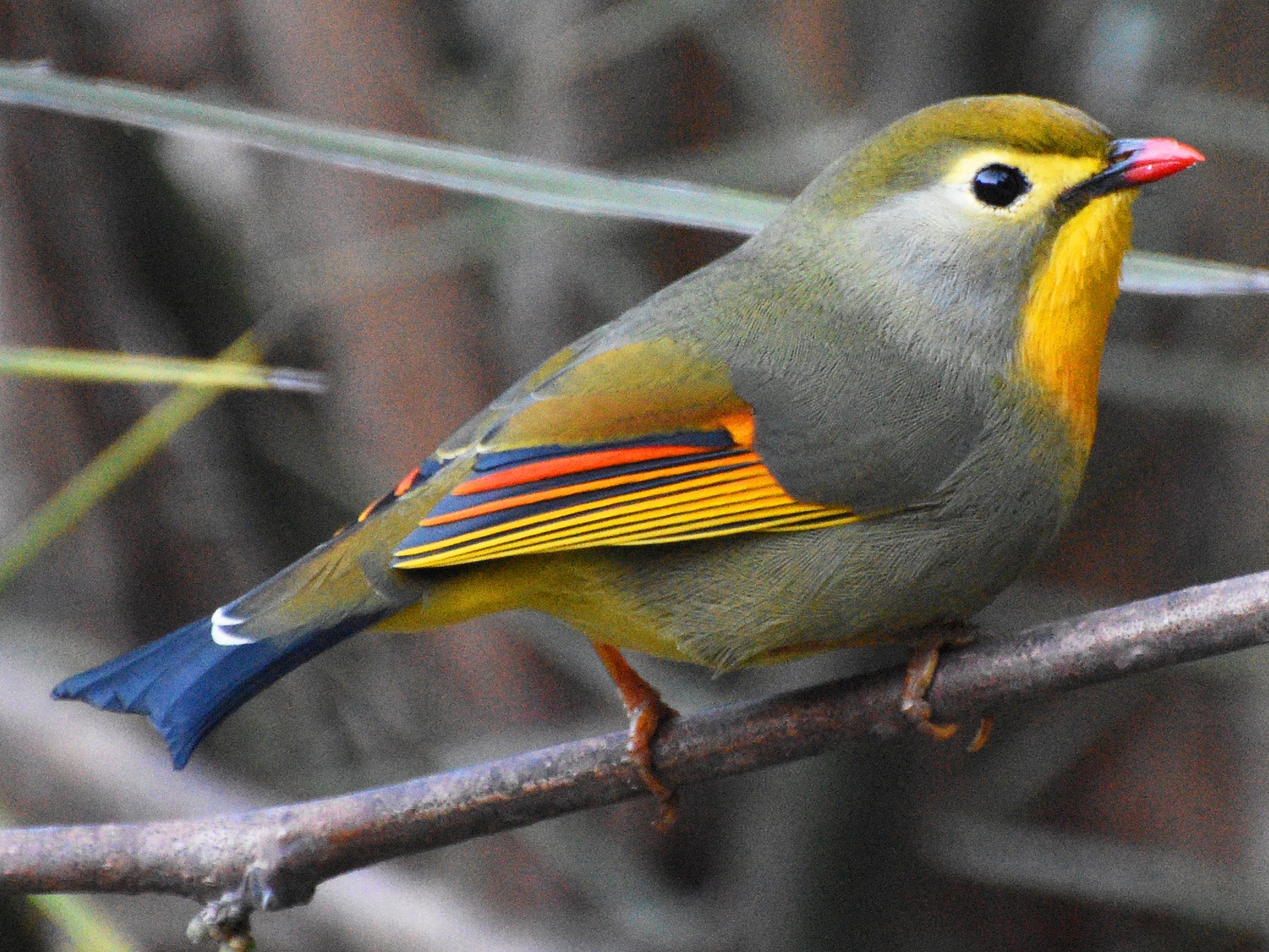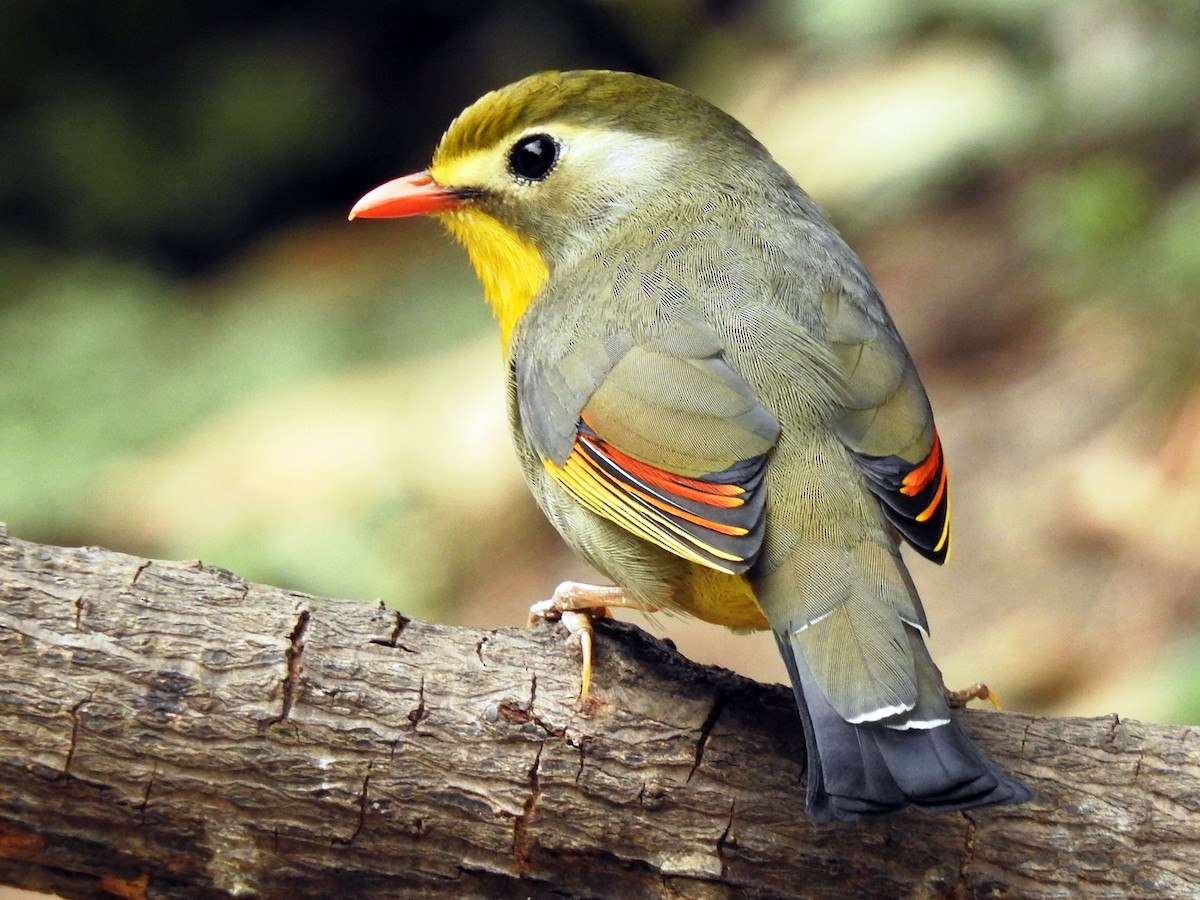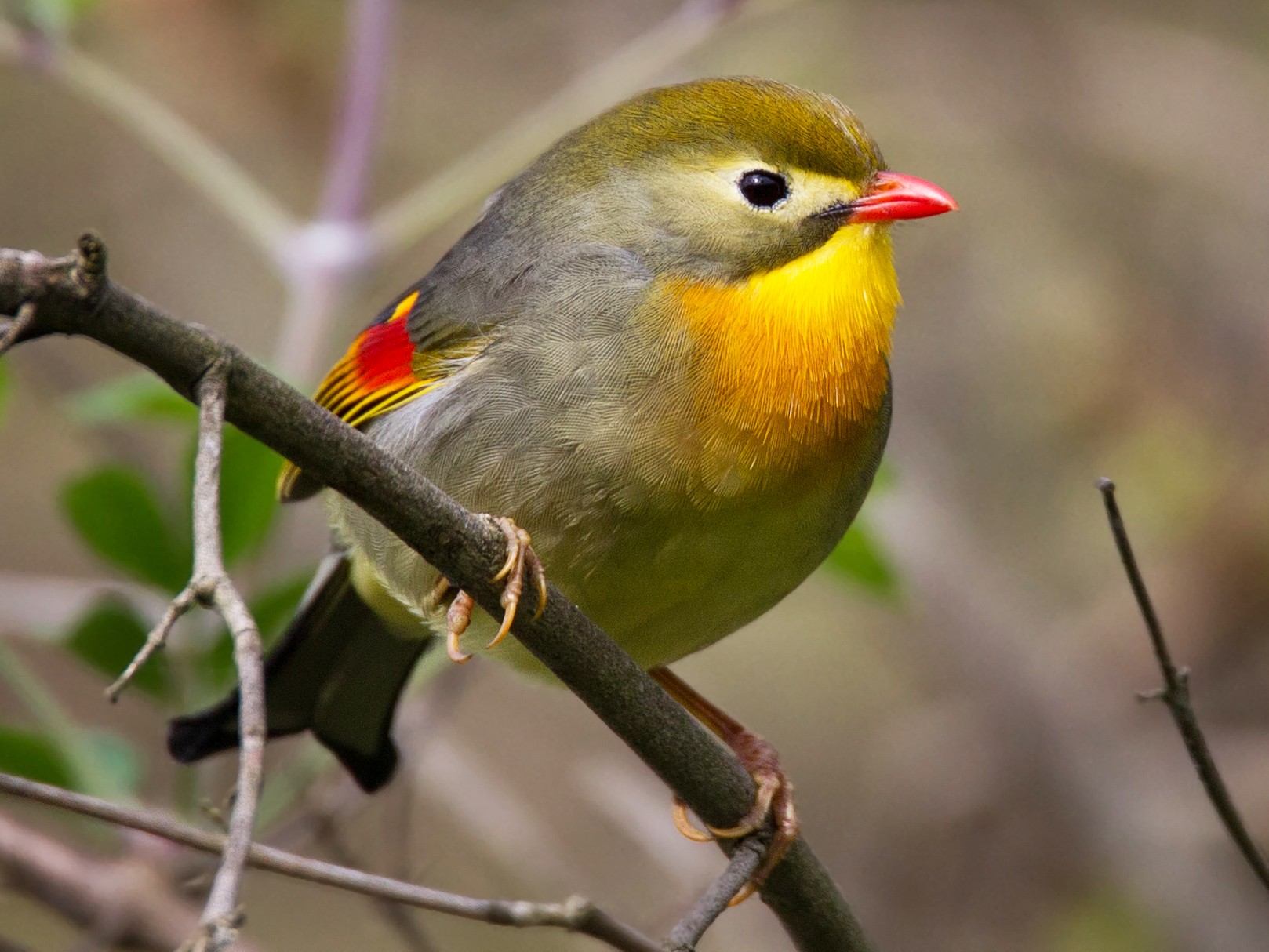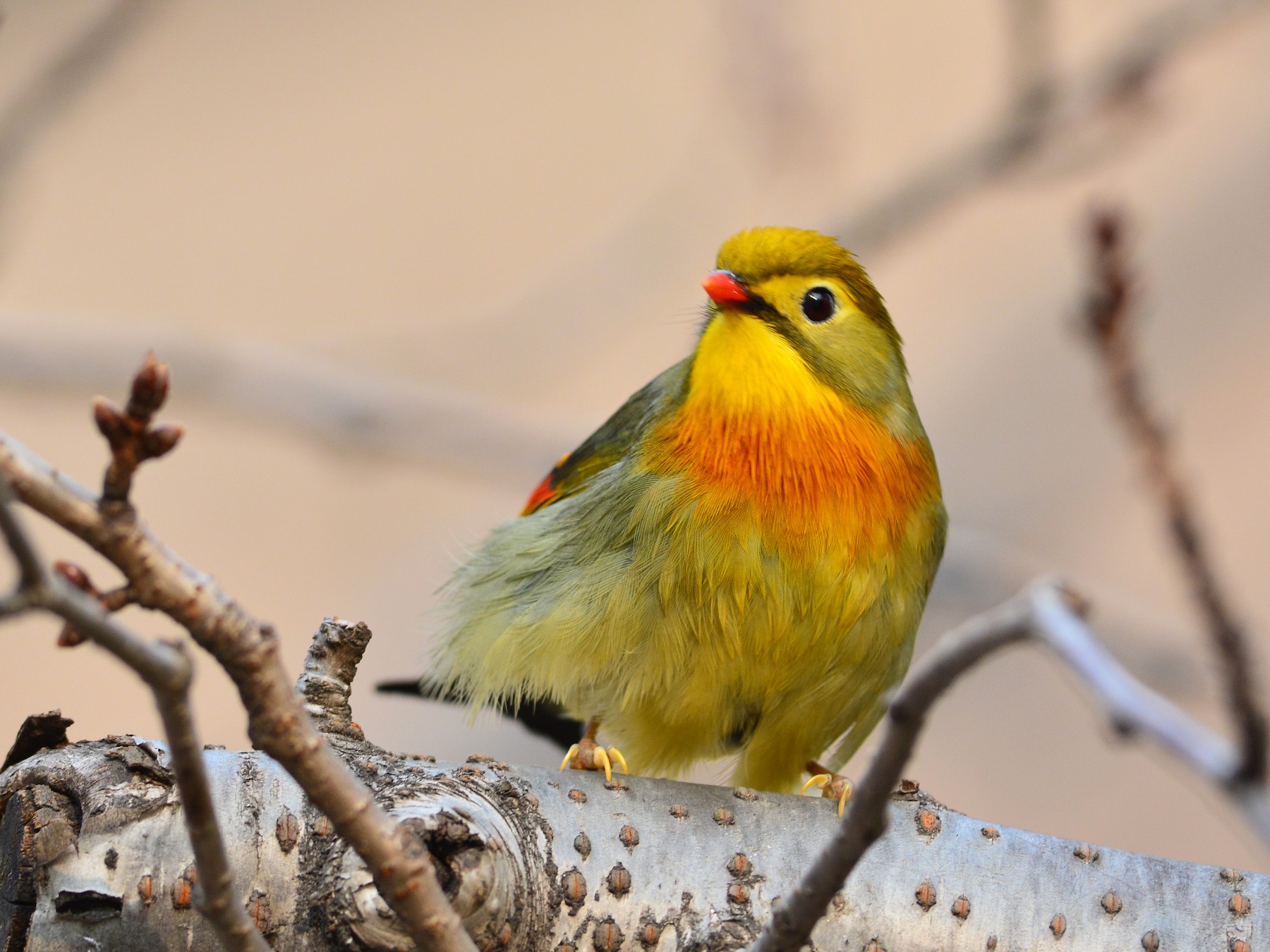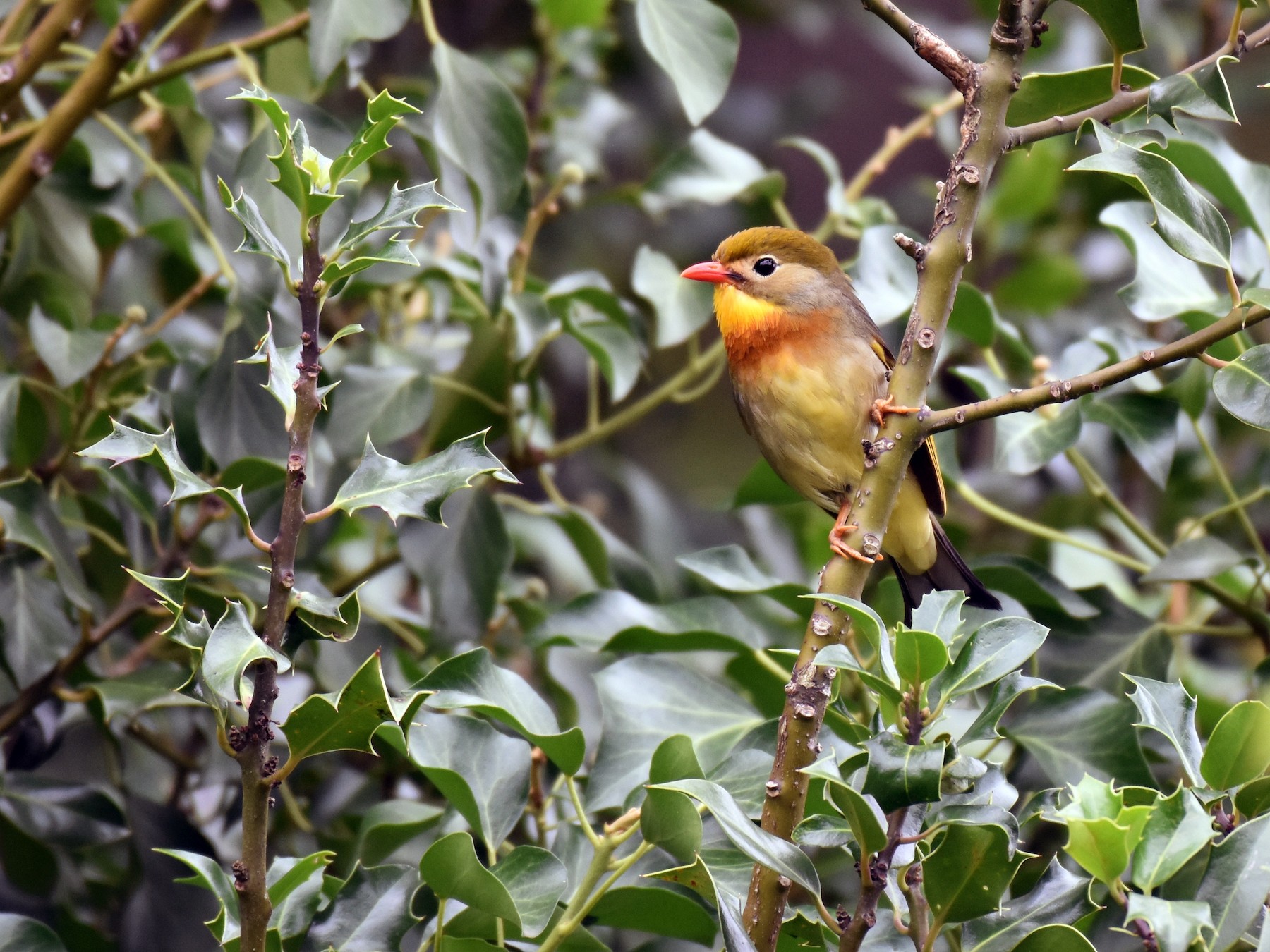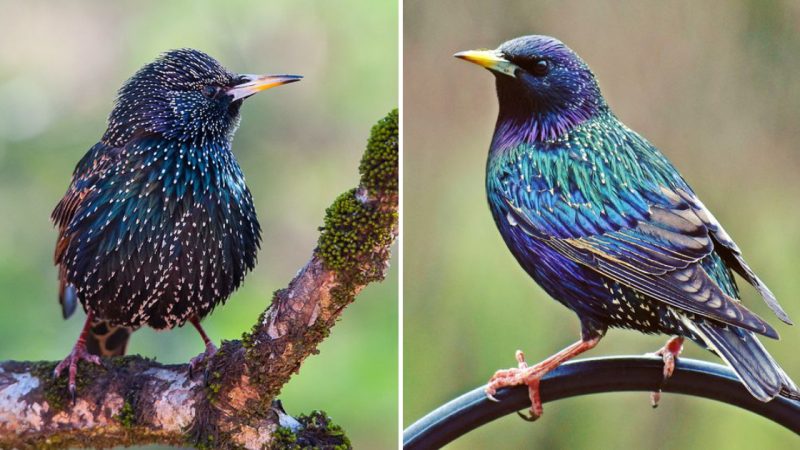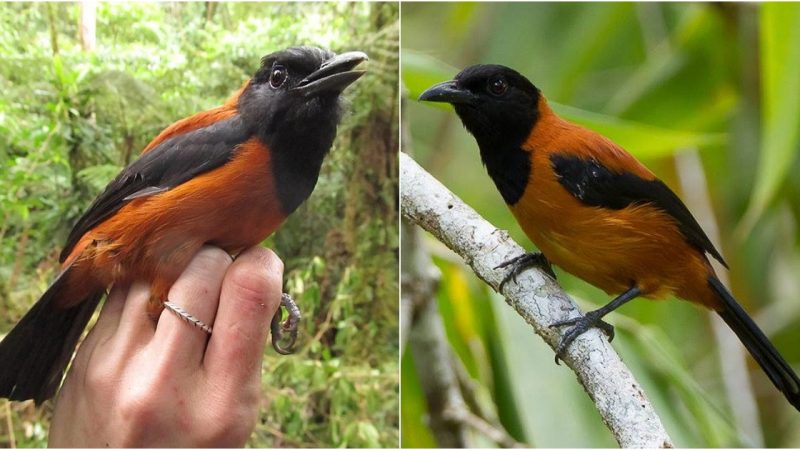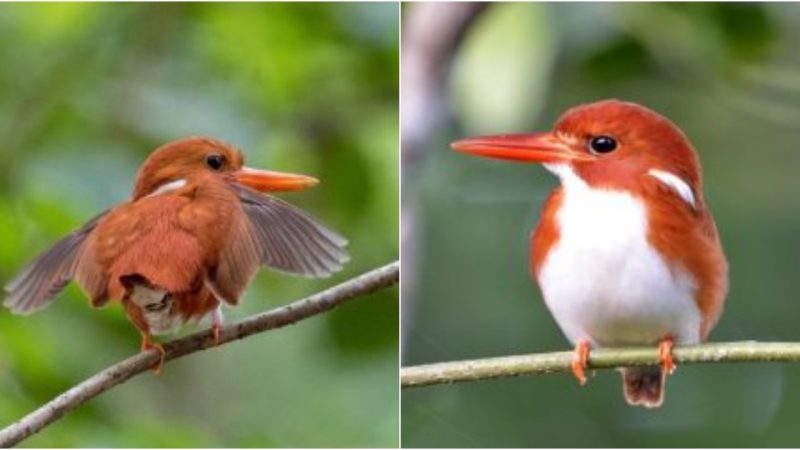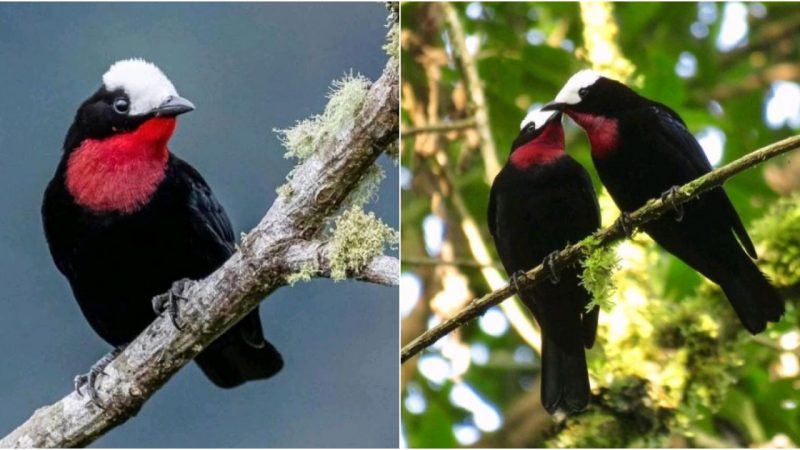The Enchanting Red-Billed Leiothrix: Preserving the Beauty of a Unique Avian Species
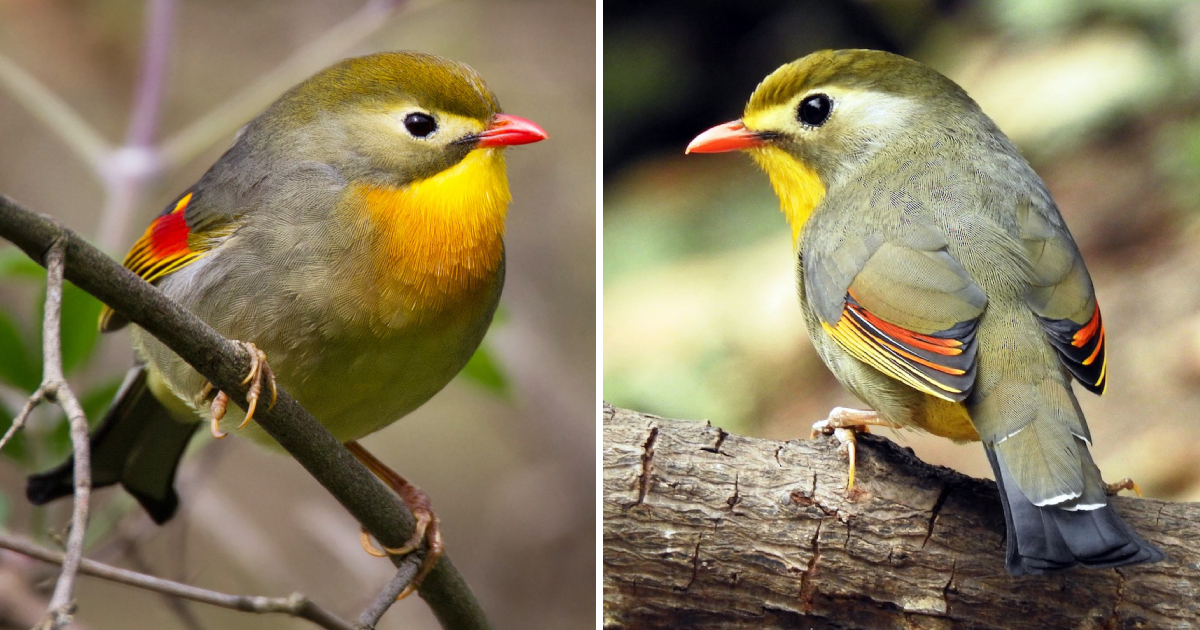
The Red-Billed Leiothrix is a captivating bird species that originates from the Himalayan foothills in India, Nepal, Bhutan, and Myanmar. Also referred to as the Pekin Robin or Chinese Nightingale, this species stands out for its vibrant hues, melodious voice, and distinctive behavior.
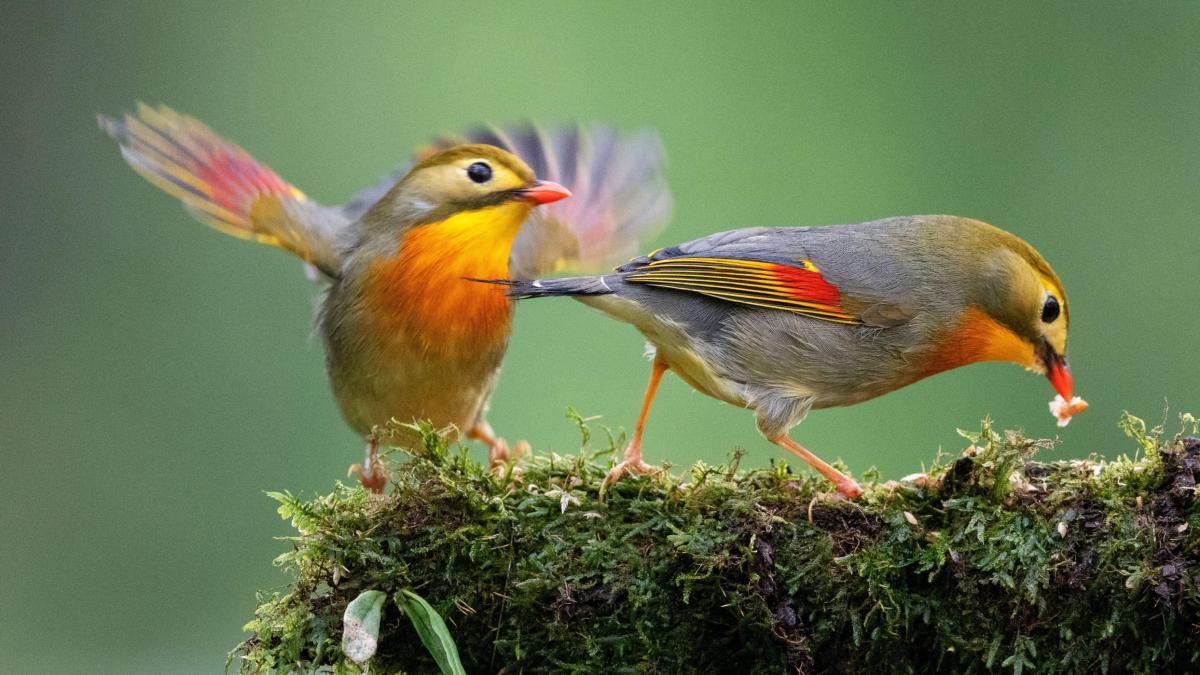
Measuring approximately 18 cm in length, the Red-Billed Leiothrix is a small bird. It showcases a striking orange-yellow plumage, complemented by a red beak and a noticeable white ring encircling its eyes. Its melodious song is a sequence of high-pitched notes, often compared to the sound of a flute or a bell.
Endemic to the Himalayan foothills, the Red-Billed Leiothrix thrives in dense forests, bamboo groves, and scrublands. Being a sociable creature, it tends to live in groups and can be frequently spotted foraging on the forest floor or perching on lower branches.
As an omnivorous species, the Red-Billed Leiothrix has a diverse diet that includes insects, fruits, and seeds. It feasts on berries, figs, and various other fruits, as well as small insects, spiders, and larvae.
During the breeding season, typically occurring from March to July, male Red-Billed Leiothrix engage in elaborate courtship displays to attract mates. These displays involve singing, showcasing their vibrant plumage, and hopping with outstretched wings. Once a pair has bonded, they collaborate to construct a nest in dense thickets or bamboo groves.
Despite its enchanting appearance and beautiful song, the Red-Billed Leiothrix faces threats due to habitat loss and degradation caused by deforestation and urbanization. In certain areas, it is also unlawfully captured for the pet trade, leading to a decline in its population.
The Red-Billed Leiothrix is an extraordinary and stunning bird species that demands our attention and protection. Its vibrant colors, melodious voice, and unique behavior contribute to its exceptional presence in the avian world. We must take proactive measures to preserve its habitat, combat the illegal pet trade, and ensure the continued thriving of this enchanting bird in the wild for generations to come.
